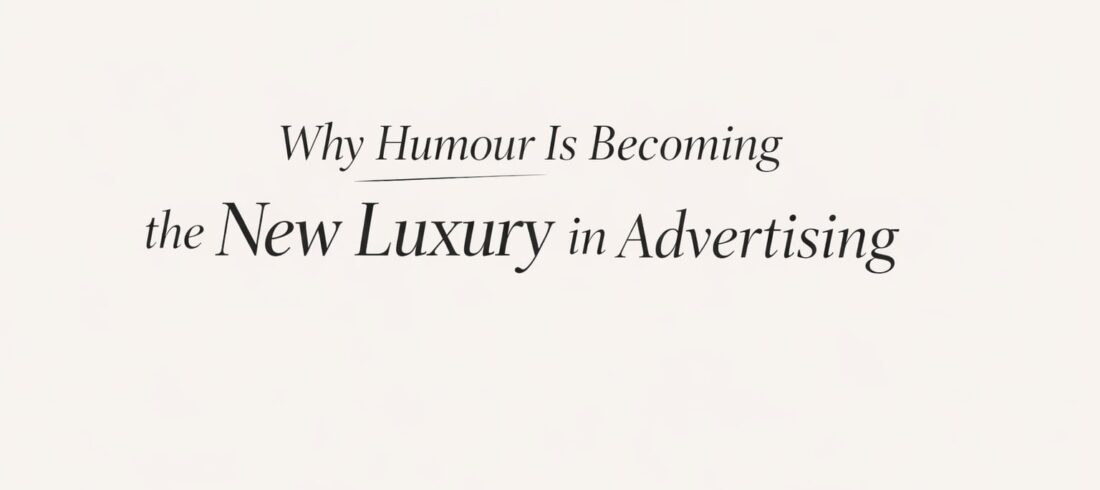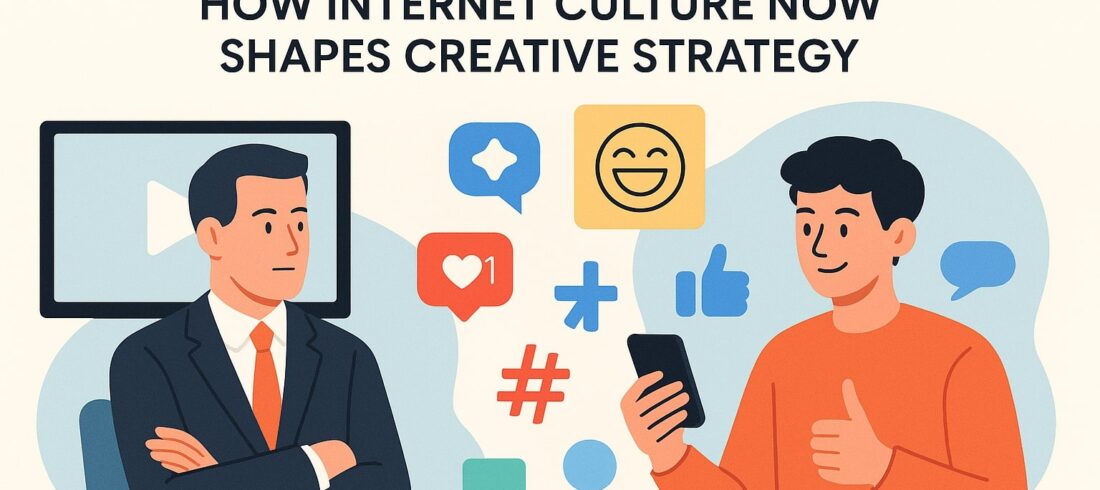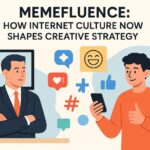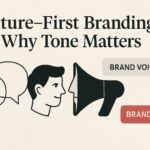
Picture this: you walk into an Abercrombie store, and the smell hits you before you even spot the clothes. Or the slow, satisfying slide of an Apple box as you unbox a new phone.
That’s multisensory branding at work, a strategy that goes way beyond logos and fonts to create emotional brand connections you can actually feel.
Brands are finally realising: being seen isn’t enough. Sight may introduce your brand, but the senses make it unforgettable.
What Is Multisensory Branding?
Multisensory branding is the art of designing brand experiences that hit more than one sense-sight, sound, touch, smell, and sometimes taste.
Instead of a single logo, think of it as a sensory signature. Your audience may forget what your ad looked like, but they’ll remember the sound of your app notification or the scent of your store.
Example: Singapore Airlines uses a custom fragrance in its cabins and crew uniforms. That smell is now shorthand for “luxury travel.”
Why Emotional Brand Connection Beats Pretty Logos
Smell and sound bypass logic and go straight to emotion. Science says humans are 100 times more likely to remember a smell than a sight. One whiff or sound, and boom-your brand is instantly recalled.
Rolls-Royce even adds a signature scent to its car interiors to make every new car smell like a classic Rolls. That’s branding at a subconscious level: emotion first, logo second.
Sensory Branding Strategies That Actually Work
Here’s how brands are using sensory branding strategies to stand out:
Scented Logos: Starbucks stores smell like coffee heaven. That’s branding through aroma.
Sound and Touch in Branding: Bang & Olufsen spent months engineering the perfect “click” of their volume dials.
Packaging Texture: Chanel uses soft-touch finishes and heavy lids to make you feel luxury before you even open the product.
None of this is random. Every sense is carefully designed to make you feel something.
Storytelling in Multisensory Branding
Good branding tells a story, but great branding makes you feel it.
Take Lush: you can smell their stores from down the street. That’s not an accident, it’s part of their eco-friendly, playful brand story.
Or Harley-Davidson, which went as far as trademarking their engine sound. That roar doesn’t just say “motorcycle”-it says “freedom.”
Tactile Branding: Let People Feel Your Story
Touch is a branding superpower most companies ignore. The texture of a package, the weight of a product, even the way a box opens creates a memory.
Example: Montblanc pens feel substantial in your hand. That weight screams “premium.”
Apple’s slow, smooth unboxing experience isn’t just pretty, it’s designed to make the product feel worth every rupee.
Smell in Branding: The Most Underrated Tool
Smell is branding’s secret weapon. It’s emotional, instant, and impossible to ignore.
Cinnabon places ovens near the front so the scent pulls you in.
Nike makes their stores smell like new shoes-because nostalgia sells.
Westin Hotels has a signature “white tea” scent that makes every hotel feel like home.
This is smell in branding at its best-subtle, powerful, and unforgettable.
Scented Logos Are a Real Thing
A scented logo is just like a visual logo, but for your nose. A custom scent becomes a brand’s signature. Luxury hotels and retailers are already investing heavily in scent marketing because smell creates trust and recognition faster than any ad ever could. even a video intro.
Why This Matters in 2025
We’re living in a hyper-visual world. Logos, ads, and content are everywhere. The brands that win are the ones that appeal to all senses.Sound and touch in branding give your brand personality. Smell adds depth. And together, these create a memory your audience won’t scroll past.
The Takeaway
Branding isn’t just what people see; it’s what they feel, hear, and smell.
Smart companies are using tactile branding, scented logos, and other sensory branding strategies to create a full experience that builds emotional brand connections customers can’t forget.
So, next time you plan a campaign, don’t just ask, “Does it look good?” Ask, “Does it feel good? Does it smell like us? Does it sound like us?” That’s how you create a brand no one forgets.





